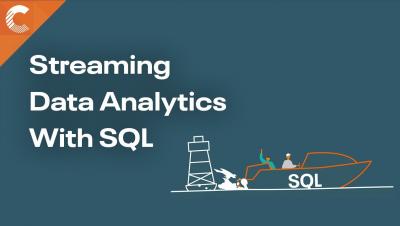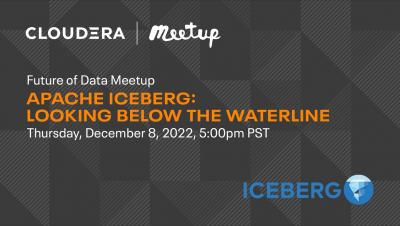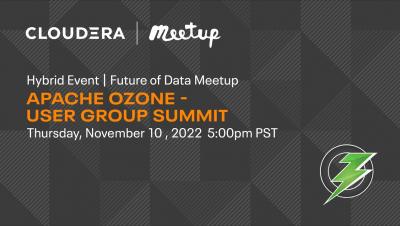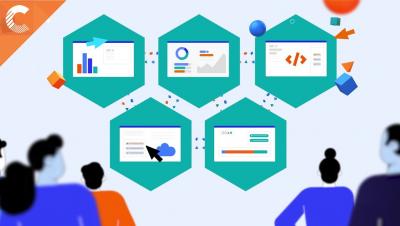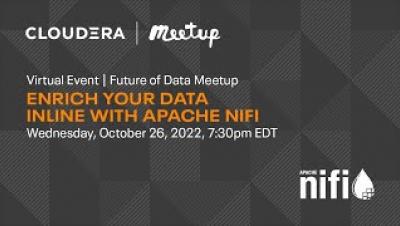Streaming Data Analytics with SQL
Organizations that are trying to capture the value of their streaming data know that they need to transform that data into insights. Managing data in real time can be complex and expensive. SQL is an industry standard tool that gives business analysts the power to ask critical questions of your data without the need to hire additional specialized developers or translate business requirements into code.


